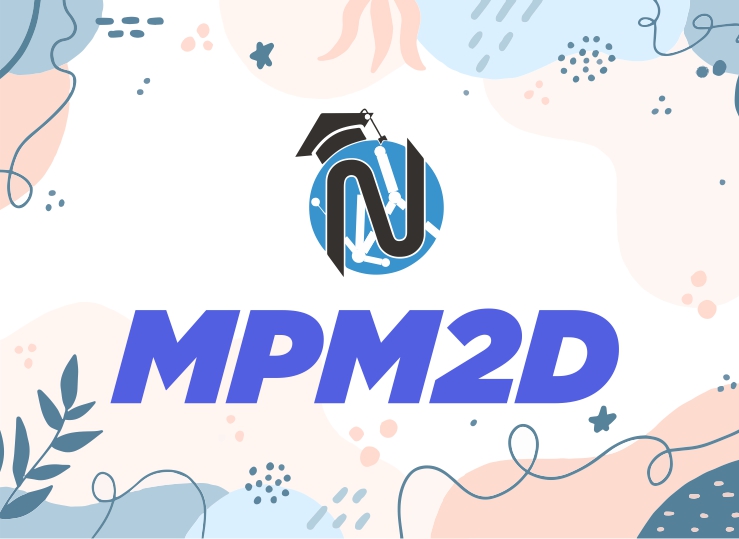
Principles of Mathematics (MPM2D)
Course Description
This course enables students to broaden their understanding of relationships and extend their problem-solving and algebraic skills through investigation, the effective use of technology, and abstract reasoning. Students will explore quadratic relations and their applications; solve and apply linear systems; verify properties of geometric figures using analytic geometry; and investigate the trigonometry of right and acute triangles. Students will reason mathematically and communicate their thinking as they solve multi-step problems.
For Ministry Guideline Click Here
| Units | Descriptions | Length (Approximately) |
|---|---|---|
| 1. | Trigonometry Trigonometry This course enables students to consolidate their understanding of linear relations and extend their problem-solving and algebraic skills through investigation, the effective use of technology, and hands-on activities. Students will develop and graph equations in analytic geometry; solve and apply linear systems, using real-life examples; and explore and interpret graphs of quadratic relations. Students will investigate similar triangles, the trigonometry of right triangles, and the measurement of three-dimensional figures. Students will consolidate their mathematical skills as they solve problems and communicate their thinking |
35 hours |
| 2. | Analytical geometry Expanding upon the foundation built in the last unit, the equations of lines and line segments will be examined. Developing logical and mathematical methods for determining line segment length and midpoint, based upon an equation or upon coordinates, will enable a deeper study of geometric shapes and properties. |
30 hours |
| 3. | Quadratic Functions Until this point, all algebraic relations that have been considered have been linear. In this unit, second-order functions are introduced. Students investigate vertices and axes of symmetry, along with intercepts and direction of opening. They discover the links between parameters in equations and features of their curves and use them to sketch parabolas. |
35 hours |
| The final assessment task is to provide students to do Exam Review (4 Hrs) +Formative Exam (2 Hrs) +Culminating Task (2 Hrs) + Final Exam (2 Hrs) | 10 hours | |
| Total | 110 hours | |
Overall Curriculum Expectations
By the end of this course, students will:
- determine the basic properties of quadratic relations.
- relate transformations of the graph of y = x2 to the algebraic representation y = a (x – h)2 + k
- solve quadratic equations and interpret the solutions with respect to the corresponding relations.
- Solve problems involving quadratic relations.
- model and solve problems involving the intersection of two straight lines.
- solve problems using analytic geometry involving properties of lines and lines segments.
- Verify geometric properties of triangles and quadrilaterals, using analytic geometry.
By the end of this course, students will:
- use their knowledge of ratio and proportion to investigate similar triangles and solve problems related to similarity.
- solve problems involving right triangles, using the primary trigonometric ratios and the Pythagorean theorem.
- Solve problems involving acute triangles, using the sine law and the cosine law.
Assessment & Evaluation of student performance
Formative assessments are learning practices that provide important feedback to student progress. Examples include homework and quizzes.
Summative assessments form a foundation for final mark allotment at the end of the unit, term and final evaluation.
An achievement chart will be given to students at regular intervals and the purpose of the charts is to provide feedback to students in relation to content and performance strands.
| Knowledge and understanding | Communication | Thinking Inquiry and Problem solving | Application |
|---|---|---|---|
| 25% | 25% | 25% | 25% |
Unit Tests, Written assignments, presentations, Classroom Observations and Classroom conversations.










